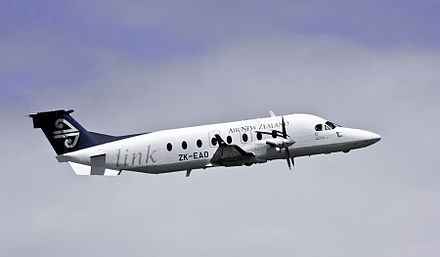Passengers 12 Total fatalities 15 | Total survivors 0 Registration F-GSJM Date 30 July 1998 | |
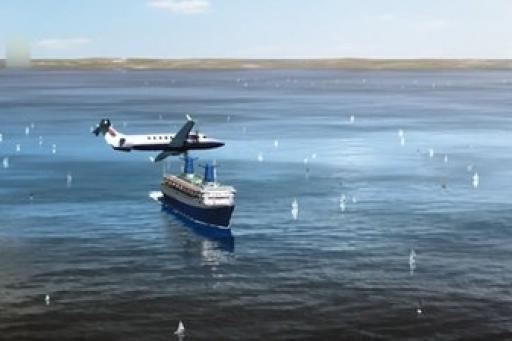 | ||
Flight origin Lyon Satolas AirportLyon, France Similar Atlantic Airways Flight 670, BOAC Flight 781, 1998 MIAT Mongolian Airlines cr, Myanma Airways Flight 635, 1998 Occidental Petroleu | ||
Proteus Airlines Flight 706 was a scheduled commuter flight from Lyon, France to Lorient, France. On July 30, 1998 the Beechcraft 1900D operating the flight collided in mid-air with a light aircraft over Quiberon Bay. Both aircraft crashed in the sea, killing fifteen people.
Contents
- Air crash investigation s16e05 proteus airlines flight 706 deadly detour
- Accident
- Investigation
- Dramatization
- References

Air crash investigation s16e05 proteus airlines flight 706 deadly detour
Accident
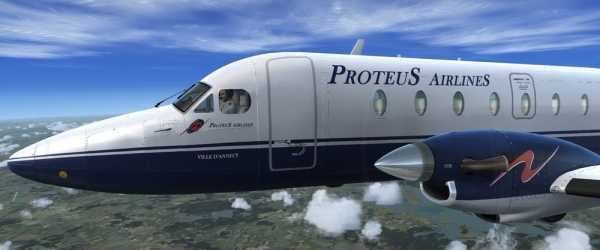
Flight 706 took off from Lyon–Saint-Exupéry at 12:21 local time on a flight to Lorient Lann-Bihoué airport. About seventy minutes into the flight the crew made a request to the Lorient approach controller to deviate from their route slightly to the west to Quiberon Bay. The reason for this detour was to give the passengers and crew a view of the SS Norway, at that time the longest ocean liner ever built in France. Later examinations of the 1900D's cockpit voice recorder revealed that a passenger made his way to the cockpit and told the pilot and co-pilot of the presence of the Norway nearby, then suggested that the crew fly the aircraft closer to the ship. At the time of this request a Cessna 177 registered F-GAJE belonging to a local flying club took off from the airfield at Vannes for a local flight to Quiberon.
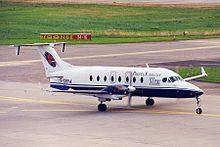
At 13:53, after first being cleared to descend to 3,700 feet (1,100 m) over the bay, the Proteus crew canceled their instrument flight rules and decided to use visual flight rules, descending from 2,500 feet (760 m) to 2,000 feet (610 m) while making a 360° turn around the ship. At 13:56 the pilot of the Cessna contacted the flight information service at Quiberon as he passed Larmor-Baden and informed them of his intent to descend from 3,000 feet (910 m) to 1,500 feet (460 m). At 13:57 the Proteus crew announced to the Lorient approach controller that they had reached the end of their 360° turn and asked to take a direct course for Lorient. After receiving confirmation of this request at 13:58 the two aircraft collided. Both aircraft immediately fell to the water, killing all 14 passengers and crew on board the Beechcraft, as well as the sole occupant of the Cessna.
Investigation
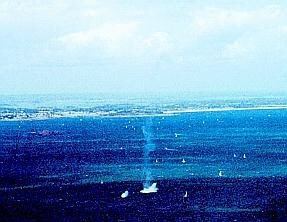
The investigation found that the Cessna's transponder had not been switched on. In documentation published by the Aeronautical Information Service in 1997 and 1998 and probably used by the pilot of the Cessna, the use of a transponder during visual flight rules could be interpreted as optional. As a result of this setting the Cessna could not be visualized on the radar screen of the Lorient approach controller and its traffic information could not be relayed to the crew of the Beechcraft. In communicating with an AFIS controller at Quiberon, the pilot of the Cessna was likewise not informed of the presence of the Beechcraft.
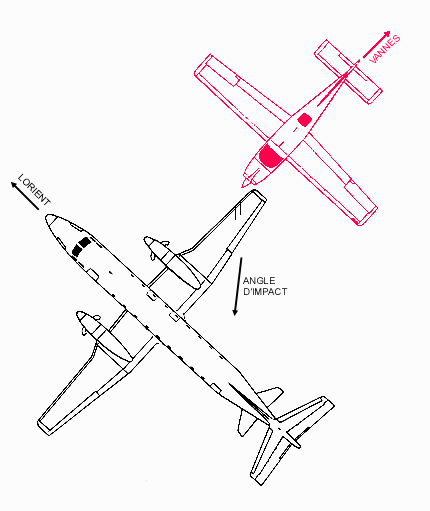
The investigation also revealed that the organization of activity in the Beechcraft's cockpit as well as its ergonomics during the left-hand 360° turn did not allow for effective monitoring during the merger of the two aircraft, particularly to the outside of the turn, placing the Cessna in the Beechcraft's blind spot. The position of the sun as well as the configuration of the Cessna's fuselage and nose cowling were also thought to have impeded the view of the Cessna's pilot in the moments just prior to the collision.
Following this accident, the BEA recommended that pilots should only cancel instrument flight rules in cases of necessity.
Dramatization

This accident was featured in the 16th season of the Canadian TV series Mayday. It aired on 5 July 2016 and is titled "Deadly Detour".
